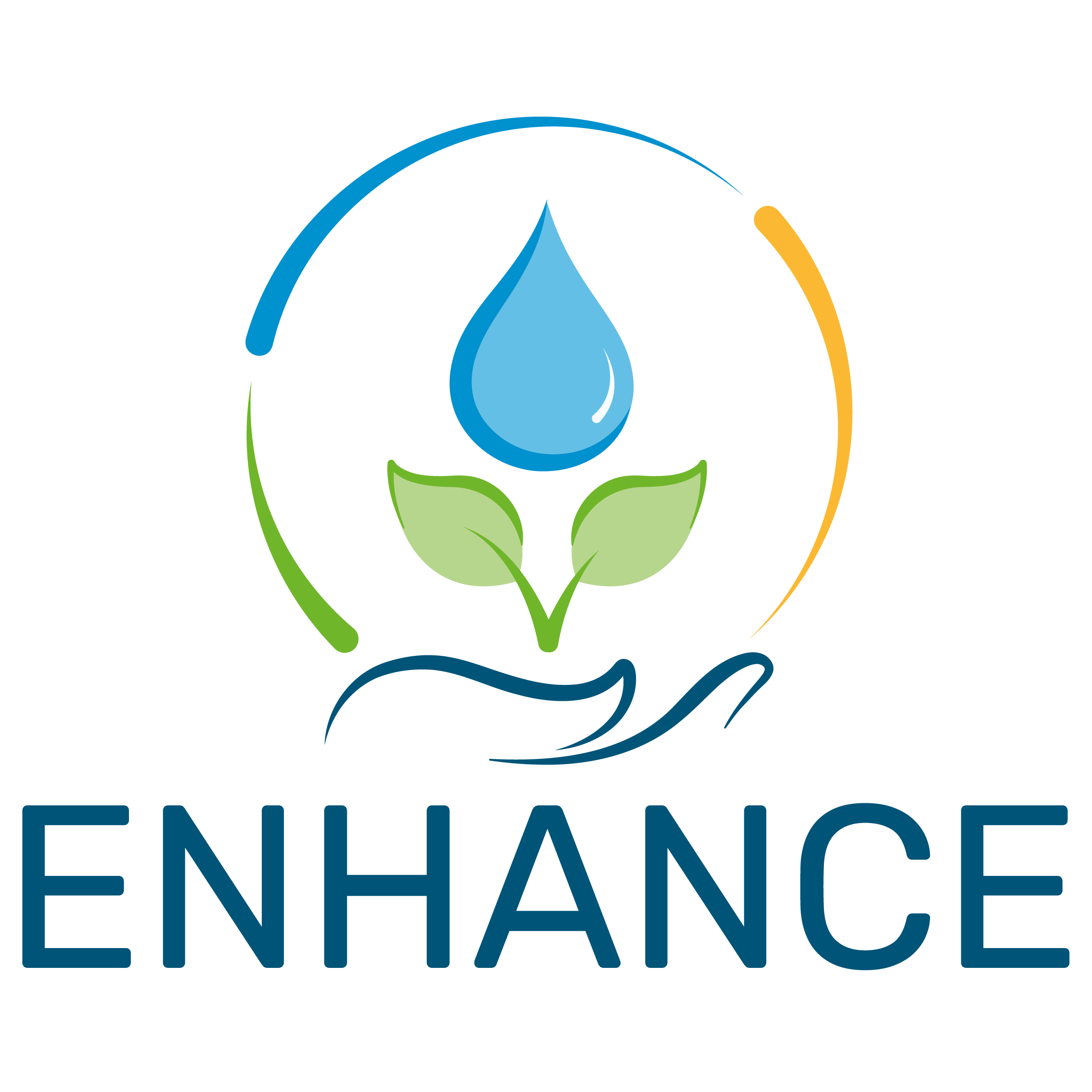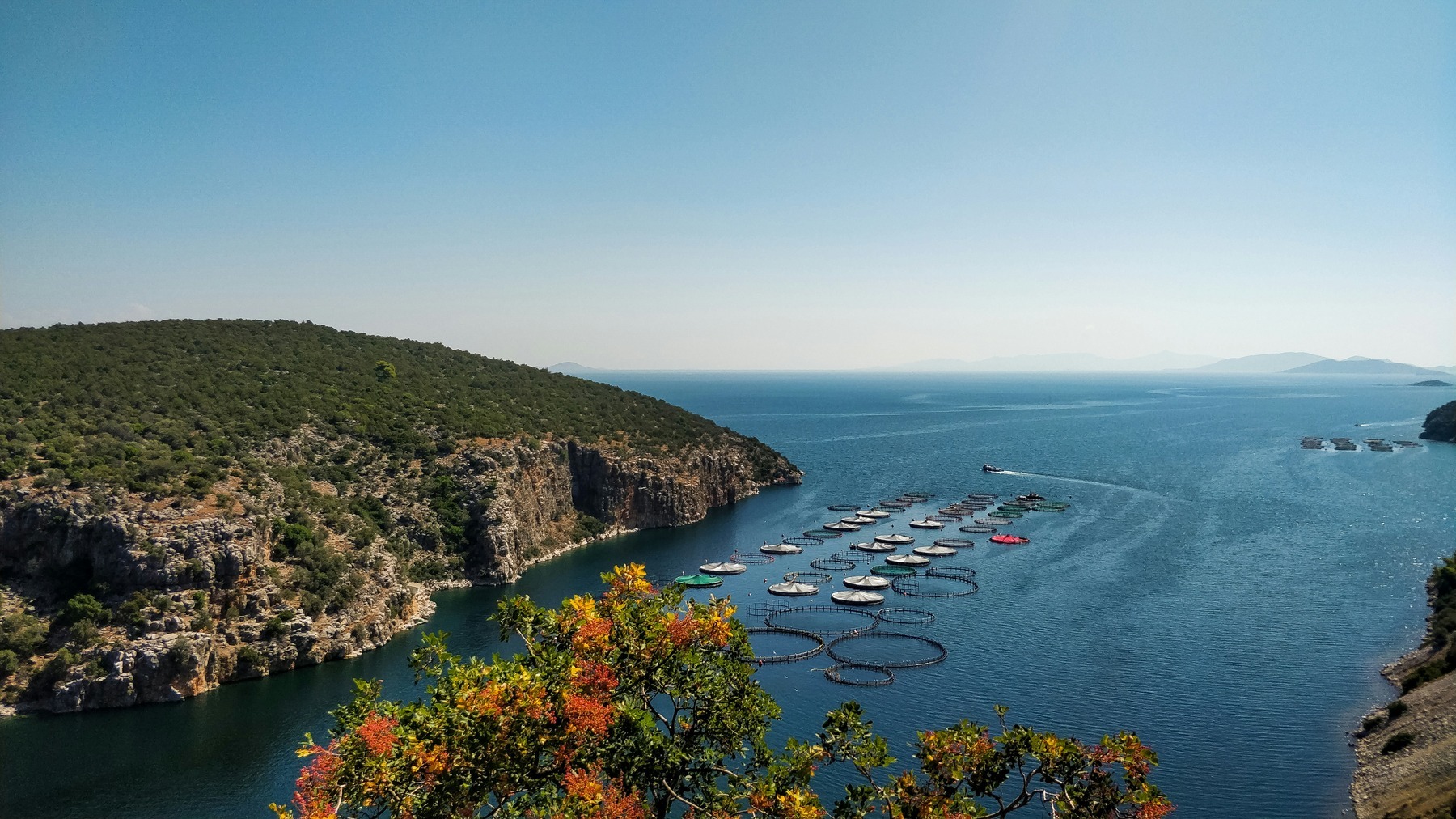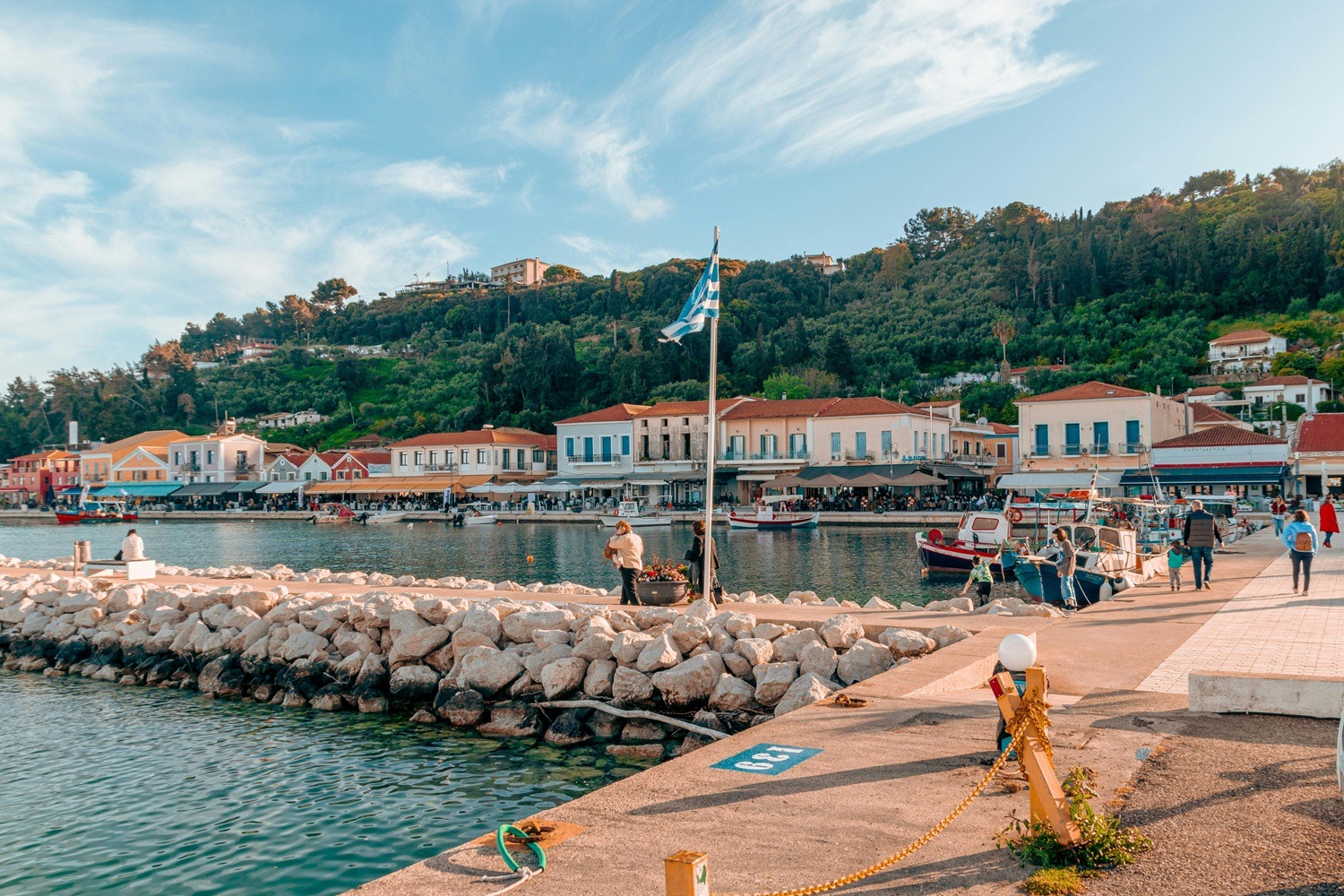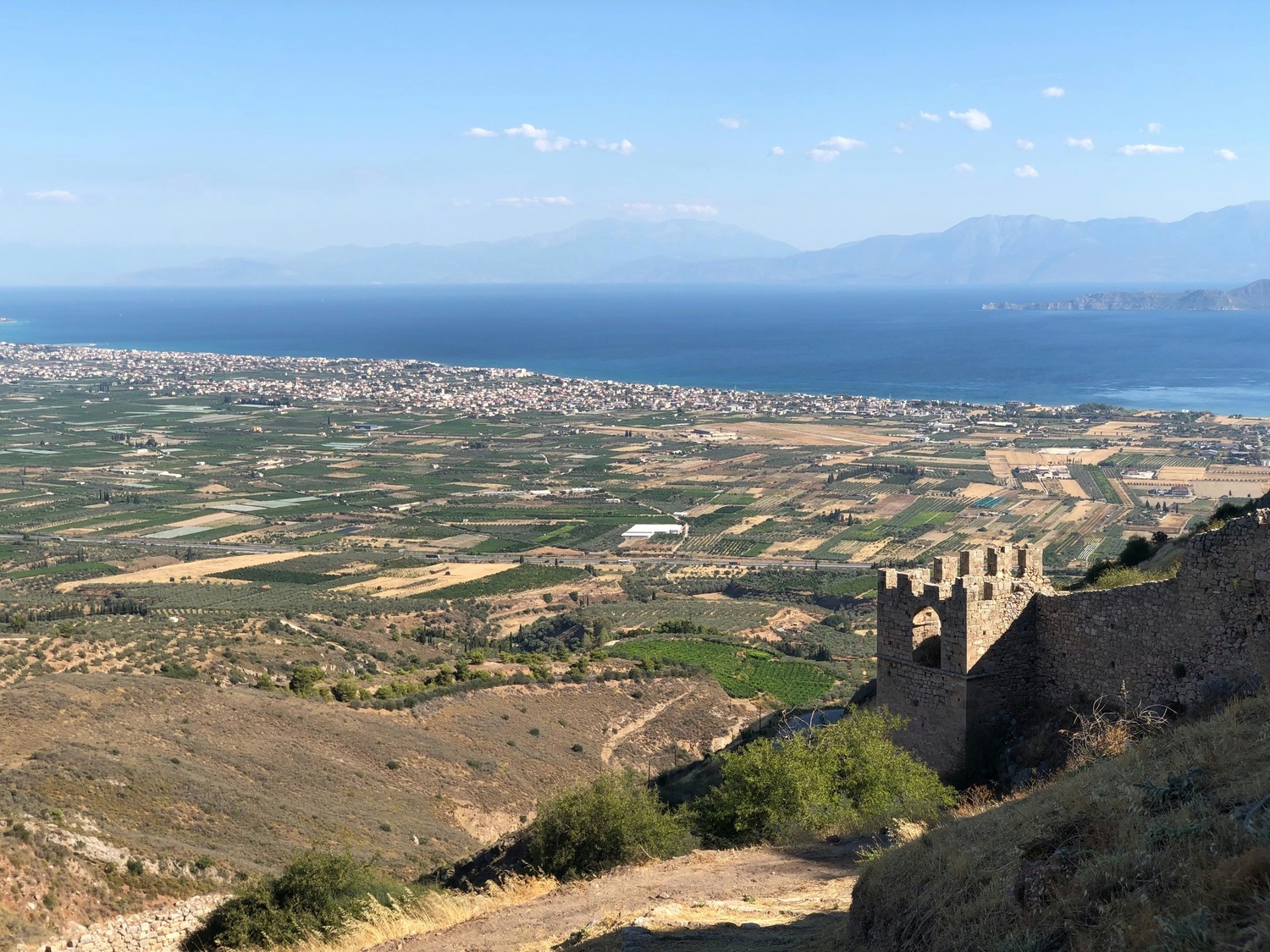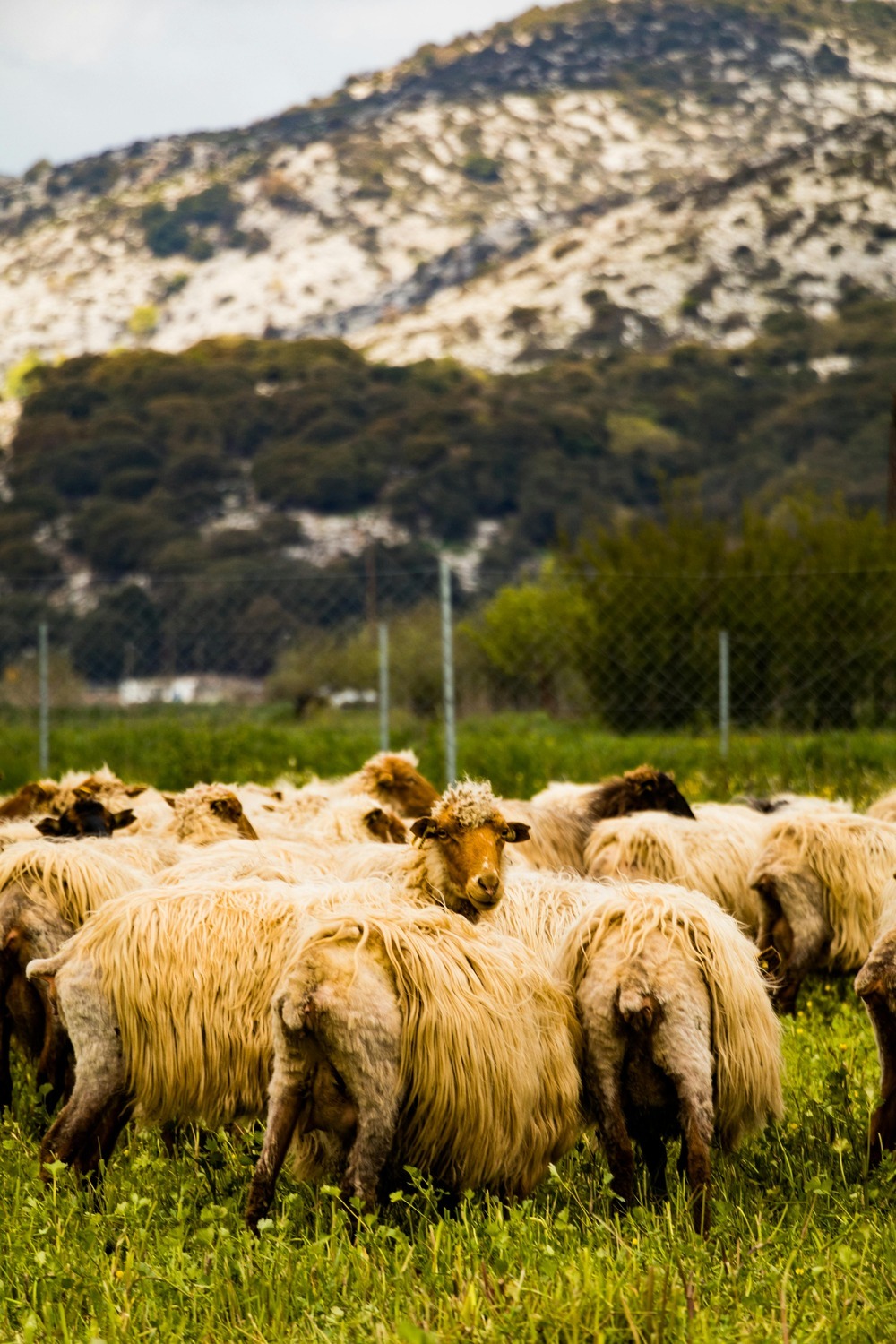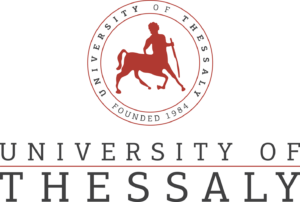Case Studies
Catalan Coast: Barcelona’s urban beaches and Ebro delta
Local Context
The Barcelona Metropolitan Area is home to some of the most heavily visited urban beaches in Catalonia, with more than 10 million visitors annually.
These beaches face significant environmental pressures, including eutrophication due to urbanization and storm-induced erosion.
The Ebro Delta, known for its agricultural activities and extensive aquaculture, faces challenges from freshwater inflows, agricultural runoff, and mussel farming.
These areas are critical to local biodiversity, tourism, and coastal health, requiring improved monitoring and management.
Planned Actions
In the Barcelona Metropolitan Area, the focus will be on analyzing the impacts of urbanization and storm events on beach ecosystems, integrating citizen science data for enhanced biodiversity monitoring and anthropogenic impacts.
In the Ebro Delta, the project will assess the effects of agricultural and aquaculture pressures on water quality and biodiversity.
Both areas will benefit from improved pressure and impact maps using Copernicus data, particularly imagery from Sentinel 2, data from monitoring programs, and participatory observations, enabling better coastal ecosystem management.
Expected Impacts
The project aims to improve the understanding of environmental pressures on both urban and rural coastal zones, providing valuable insights for sustainable management practices.
By integrating new technologies and citizen science, the project will enhance the ability to predict and mitigate pressures on coastal ecosystems, contributing to biodiversity conservation and better coastal health, while also supporting local stakeholders in their decision-making processes.
Case Study: Pagasitikos Gulf, Thessaly, Greece
Local Context
The Pagasitikos Gulf, located in central Greece, is a picturesque coastal area with significant agricultural production from the Thessaly plain.
However, following two catastrophic flooding events in September 2023, the region faced an unprecedented environmental crisis. The floods deposited toxic sediments, debris, and pathogens into the Gulf, threatening both the aquatic environment and public health.
Contaminants like agrochemicals, pathogens, and bacteria are now present in the water and marine life, raising concerns about food safety and the spread of zoonotic diseases.
Planned Actions
The focus of this case study will be to assess the recovery of the Gulf’s ecosystem, with a comprehensive approach examining animal, environmental, and human health.
Monthly sampling campaigns will continue to monitor water quality, pathogens, and antimicrobial resistance, alongside satellite data to assess eutrophication and harmful algal blooms.
ENHANCE tools, including pressure assessments and pathogen measurements, will be integrated with local data to monitor the ongoing environmental recovery.
Expected Impacts
The project aims to provide a detailed analysis of the ecosystem’s recovery timeline, identifying key factors influencing the restoration process.
By linking satellite data with in-situ sampling, ENHANCE will offer valuable insights into water quality, biodiversity, and food security.
The results will help local authorities, fisheries, and the community better manage the recovery of the Gulf and prevent future environmental disasters.
